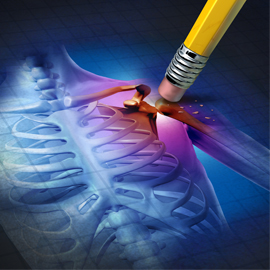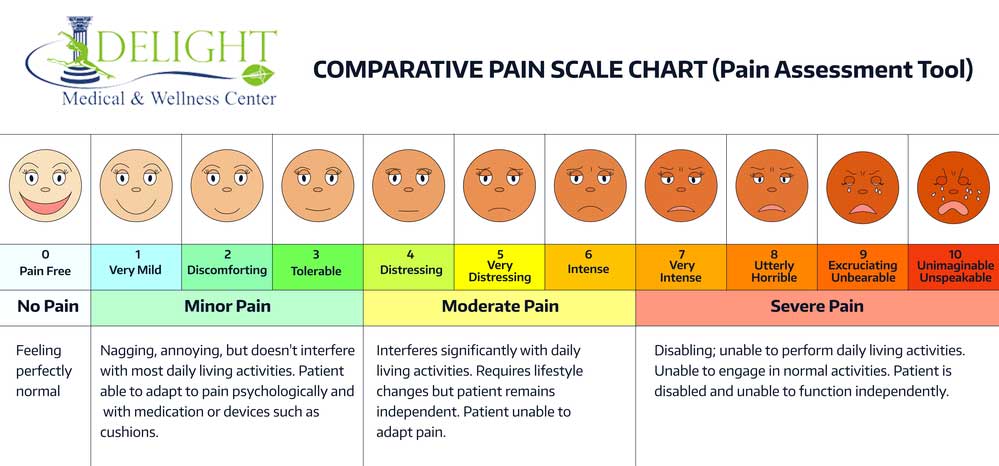Referred Pain
September 2019
 Have you ever heard of the term “referred pain”? Well what exactly is referred pain and how can you determine if you have referred pain? In this article, we will discuss what exactly is referred pain, how and when it occurs and treatments for it.
Have you ever heard of the term “referred pain”? Well what exactly is referred pain and how can you determine if you have referred pain? In this article, we will discuss what exactly is referred pain, how and when it occurs and treatments for it.
What is Referred Pain?
Referred pain is a type of pain that is perceived to be in one location other than where the pain stimulus is. For example, if you were to put your elbow in a bucket of ice water, you will feel pain in your hand and not in your elbow. Reason being is because in your elbow is the Ulnar nerve and when you submerge it in the freezing water, the pain that you would feel in your elbow is now shooting up your arm into your hand. As you can see, the hand is not in the freezing water, yet you still feel the pain there and not in the elbow. Another prime example of referred pain would be a “brain freeze” when you drink a cold drink very fast. Although your brain is not being affected, the pain stimulus that you are getting makes it feel as if it is.
Sometimes referred pain is mistaken for radiating pain. The difference between the two is that with radiating pain, the pain is where the pain stimuli is but causes the pain to radiate in another direction. Where as with referred pain, if there is pain in your lower back for example, the thing that’s causing the pain is tight hamstrings or hips muscles making you believe that its lower back pain.

How and when can it occur?
Referred pain can occur to anyone of any age and of any gender, at any time. Referred pain can also happen in multiple parts of the body. Referred pain can affect the muscular system and the skeletal system. An example for each:
- Muscular System: Tight Gluteus muscles (butt muscles) and hamstring muscles (muscles behind the thigh) can cause lower back pain because when the muscles are tight, they pull on the skeletal frame causing a misalignment therefore causing pain to occur in the lower back. Most people would refer to it as lower back pain failing to asses other surrounding tissues that might cause it.
- Skeletal System: Similarly to the muscular system, if your skeletal structure is misaligned, it can pull on the surrounding soft tissues causing them to be tight and pull on other structures, which may result in a muscle spasm, tightness or stiffness.
Treatments for Referred Pain
The best to treat any type of muscular or skeletal pain is to see a physician that specializes in prevention, diagnosis and treatment of the muscular skeletal system so that they can perform an in depth evaluation on you to help determine the cause and to identify other underlying issues that you may have.
The best treatment would be Trigger Point Injections and OMT (Osteopathic Manipulative Treatment). Sometimes referred pain can be caused by muscular knots also known as trigger points, which can cause pain tightness in a muscle so severe that it can spread in a broad area masking the true center point of the pain. With trigger point injections, it not only helps increase blood flow in the painful area but it also numbs the tender knots so that when OMT is performed, it isn’t painful or tender. OMT (Osteopathic manipulative treatment) is a special technique that utilizes the hands focusing on the fascia and soft tissues. When you receive OMT, the treatment relaxes the muscles and soft tissues that have been causing the pain, therefore releasing the tight muscles which in return alleviates the tension and pull on both the surrounding muscular structure and skeletal structure. Sometimes, an adjustment may need to be performed because even when the soft tissues are relaxed, the skeletal system may still be misaligned and may need to be manually adjusted in which, only a specialized physician in the musculoskeletal system can perform.


